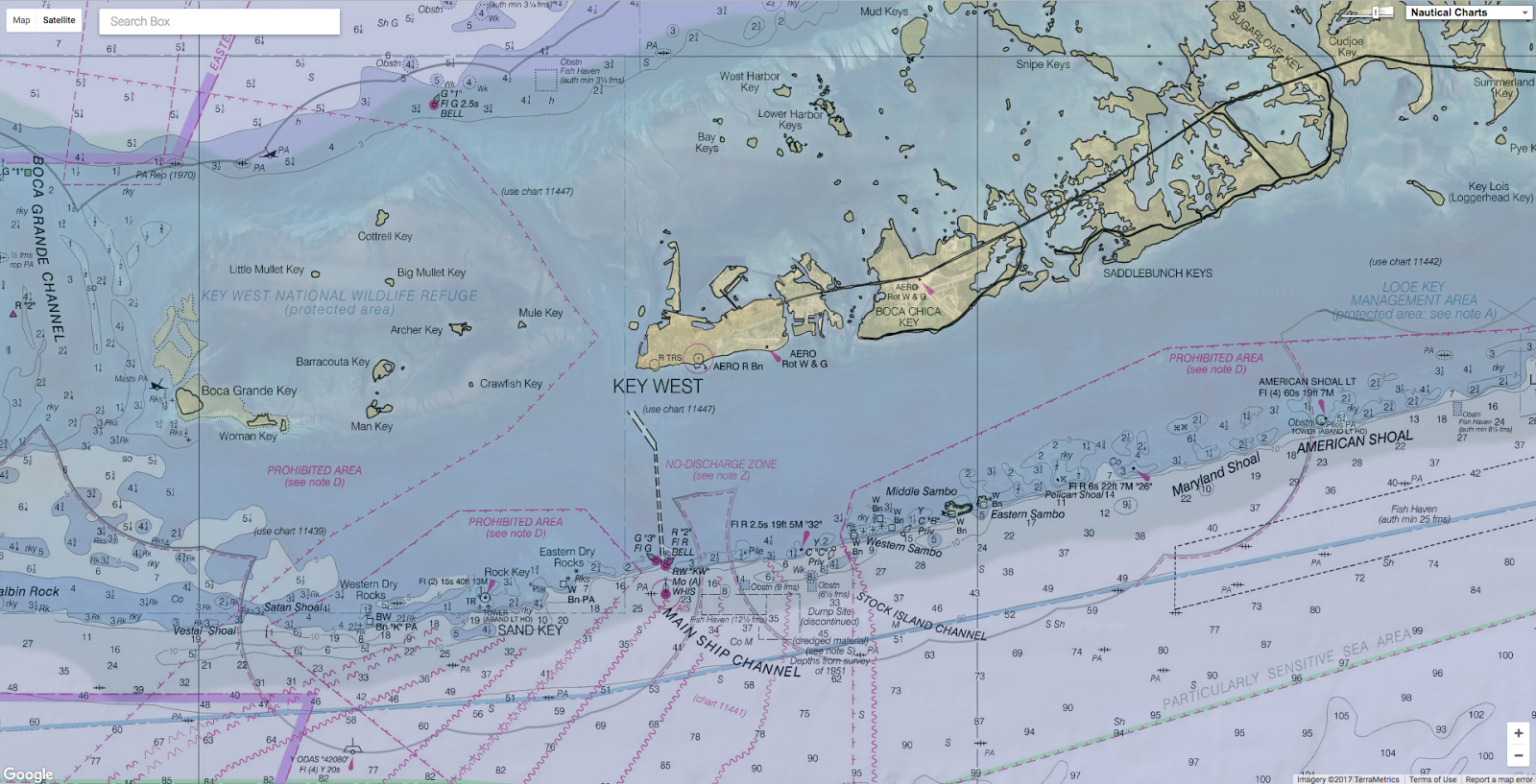The Boston Bar and Grille need to still remain in shift period, because the menus the boy with the Red Sox cap brought over were copies of the exact same one that offered me the bad impression. I needed to ask after their newer Boston-themed fare.

The first thing to consider is that all charts have at least one thing in common, and that is a key. This key is a set of symbols and their meanings that lies somewhere on the chart itself.
For circumstances, in US waters, the very best charts for seaside navigation are scaled at 1:80,000. This indicates that a person inch on the chart equals 80,000 inches on the earth's surface. As soon as you get in nautical chart examples the coastline and get in harbors, you will want an even bigger scale, such as 1:40,000 for far better detail.
Use and discover navigation abilities. Start finding out how to read nautical charts and use a compass with it. Take these things out with you on your kayak and begin observing the islands and rocks that are in front of you, matching them to the chart info. Practice taking bearings and setting courses. Focus on times and chart ranges you have actually travelled to begin estimating your speed and place. You will thank yourself for practicing these abilities if you take place to be out on a foggy or really rainy day. Learn how to use the tide tables to calculate your nearest currents and tides.
Third, for any boat owner, it is mandatory to take a boating safety course. Almost 85 percent of the accident cases involve operators that did not have any formal training or boating education. A boating training course will inform you about the basics of seamanship. Do not ignore the importance of a boating safety course. The understanding that you gain through it will certainly not go lost.
Extensive spare parts sets to cover the engine and deck equipment (additional blocks, halyard line, furling equipment line, anchor line, anchor chain), replacement wires for standing rigging, extra sails such as trysail and additional Genoa and mainsail, storm equipment such as sea bridle, drogue and anchor, additional or redundant electronics such as USB radio (if you desire this technology), and a "no power required" wind vane.
These five chart navigation tricks will get you started on your method to discover the most important chart signs and abbreviations for safe sailboat cruising. That method, you will gain the confidence you require to keep your sailing team safe-- wherever worldwide you choose to cruise.